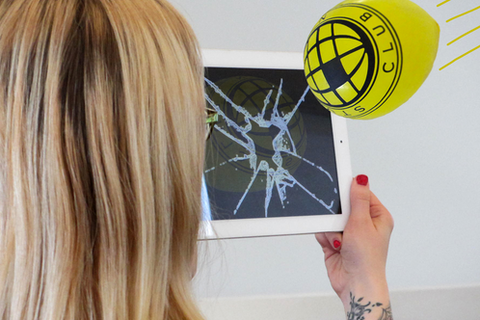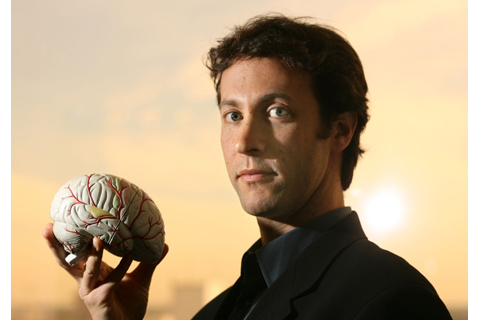I’m attempting to write up every single session I went to at SXSWi. Will be mostly about games, but also how tech can kill, neuroscience, digital anthropology, civic science and more.
[youtube=http://www.youtube.com/watch?v=4f8DKQqI-YE]
Trailer for Peacemaker the Game.
Asi Burak: Games 4 Change: Great Power, Great Responsibility
http://schedule.sxsw.com/2012/events/event_IAP100354
A very interesting talk at the end of a very long day by Asi Burak, Co-President of Games for Change. As their name suggests, this non-profit organisation has a mission to, as they state: “catalyse social impact through digital games”. They run a conference/festival in June each year which I am a little bit gutted not to be going to, and have a Google group for discussions on the subject of Games for Change.
To kick off, Burak gave us a little background on himself, which he said was key to understanding how he came to be so convinced by the potential of games to do good. After serving in the Israeli intelligence corps for 5 years, he went on to join a mobile company working on location based services (if I recall correctly, it may also have had something to do with games). But the situation in the Middle East obviously troubled him, and he left for Pittsburgh and Carnegie Mellon University where he studied Entertainment Technology. He mentioned the influence of Randy Pausch, whose Last Lecture, entitled “Really Achieving Your Childhood Dreams” (and covering virtual reality and teaching kids to code) I am listening to as I write this. It’s worth a watch if you aren’t one of the millions of people who’ve already seen it.
With his experiences in Israel in mind, Burak set about creating a game about the Middle East conflict. The result was Peacemaker, the trailer for which is at the top of this post. In this game, your objective is to solve the conflict whilst playing as either the Israeli Prime Minister or Palestinian President. You have a number of options to achieve this, both peaceful and military. It’s a bold idea for a game, which I hope to try at some point. What was perhaps most valuable about the game, said Burak, was the discussion that it provoked afterwards. It’s actually being used as part of workshops in the region for that purpose.
Peacemaker was released in 2007, but not everyone at that time was so convinced about games. He mentioned Hilary Clinton’s quote from 2005 that video games were a “silent epidemic” amongst kids. But for Burak it was clear: games are a powerful tool for social change. They provide continuous engagement, unlike films, for example, and are hugely popular. He recommended reading James Paul Gee, who has published books on the subject.
Things have changed since 2007 and perhaps now, he said, we are actually at the “hyperbole” moment, where grand claims are being made for the ability of games to change the world. This is a bit over the top, he said, mentioning gamification and the evangelism of Jane McGonigal as being an example of this (in the nicest possible way, I think, especially given that she’s on the advisory board for Games for Change). In fact, he said, we’re somewhere in between. There’s some interesting stuff going on, but it’s not yet hit its potential. There is no distribution system for games of this type, for example, though I’d argue that they’d have more impact being distributed in the same place as other games. Perhaps not for teaching purposes though.
We were then given some other examples of “games for change”:
iCivics: this site provides resources, including games, on the subject of citizenship. According to their evaluation, 78% of students better understood the subject after playing, and a large proportion also wanted to play on at home.
Freedom HIV/AIDS: This set of 4 mobile games made by ZMQ, was developed to raise awareness about HIV and AIDS and was launched in India across 9 million handsets on its first day. Their evaluation demonstrated a positive change in attitude after playing the games.
He mentioned FoldIt, which I’ve written about before, and various initiatives to get kids making their own games, such as Gamestar Mechanic and the AMD Foundation. In contrast to Hilary Clinton’s earlier scaremongering about games, the Obama administration seems to have come around to the idea that games can be used for good as evidenced by the National STEM Video Game Challenge and there is now a games consultant at the White House.
We came on to games evaluation, a subject close to my heart. He used the example of Re-mission, a game for “young adults living with cancer”, which took game evaluation to another level. This game has been tested in a randomised control trial, published here, which showed that the game improved “treatment adherence, cancer knowledge and self-efficacy”.
So, a talk that gave me a lot to think about, and included some fascinating case studies. You can listen to the whole thing here. And now, as I’m getting to the end of writing this, I’m also getting to the end of Randy Pausch’s entertaining “Last Lecture”. He’s just told us about his “legacy”, Alice. Alice is free software for teaching students computer programming, and also worth a look.


